HAAi: "As a non-male in dance music there's a narrative that people think a man has to be behind what you’re doing"
Teneil Throssell on collaborating with Jon Hopkins and Hot Chip for her lockdown-produced debut album
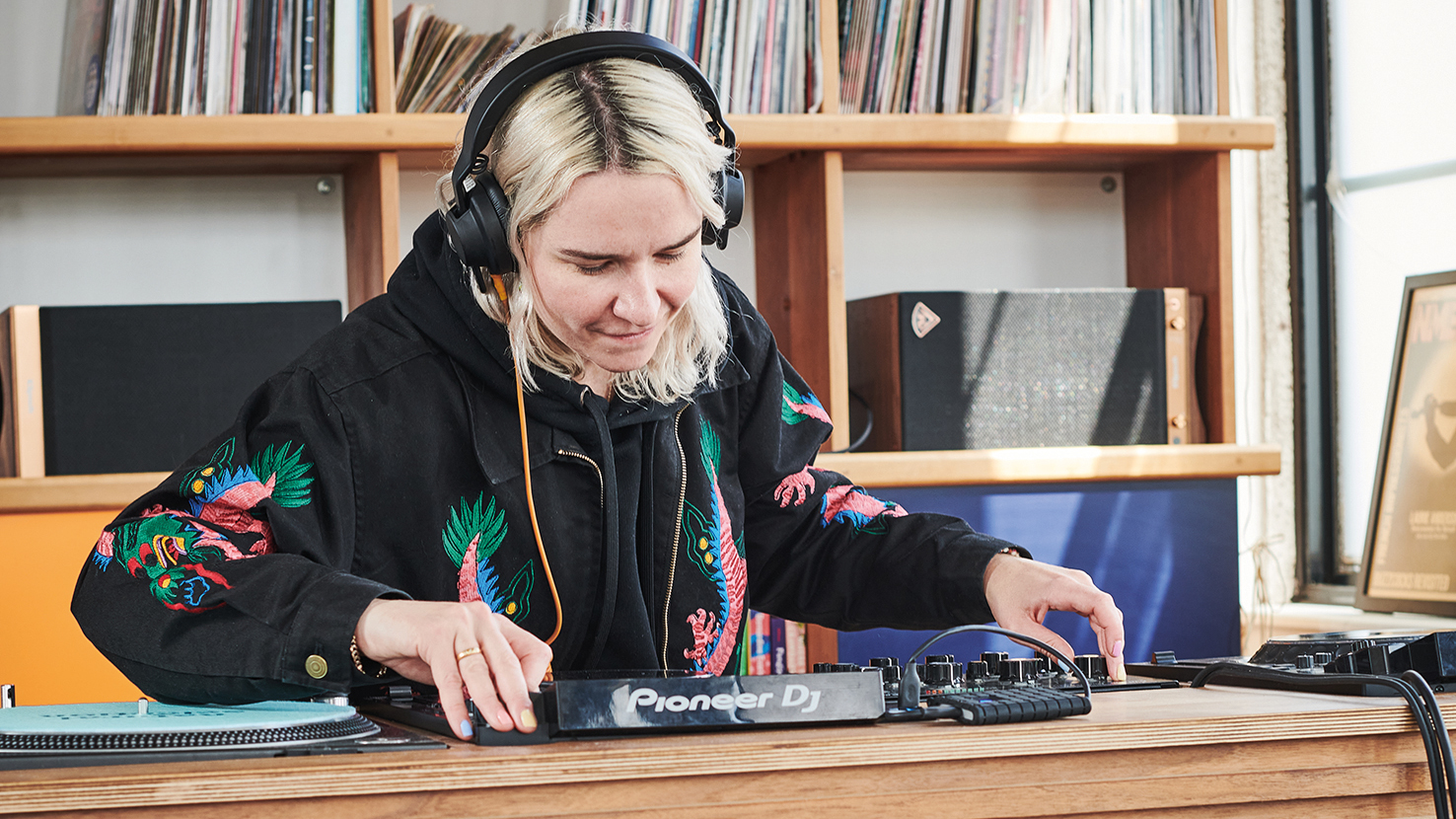
When the world shut down in 2020, Teneil Throssell was thrown into disarray. Her life almost entirely revolved around the throbbing strobe lights of her breathless DJ sets, yet she now found herself stewing at home dealing with the isolation of lockdown. Having already released a number of EPs under her pseudonym HAAi, Throssell’s natural instinct was to fully focus on production for the first time in years.
Over an 18-month period, Throssell went on a journey of self-discovery, coming out the other end with a refreshingly vibrant sound and new-found appreciation for collaboration. Far removed from her previously dense, club heavy EPs, HAAi’s debut album Baby, We’re Ascending, sees collaborations with spoken word poet Kai-Isaiah Jamal, ambient kingpin Jon Hopkins and Hot Chip’s Alexis Taylor, with further input from Mute engineer Francine Perry.
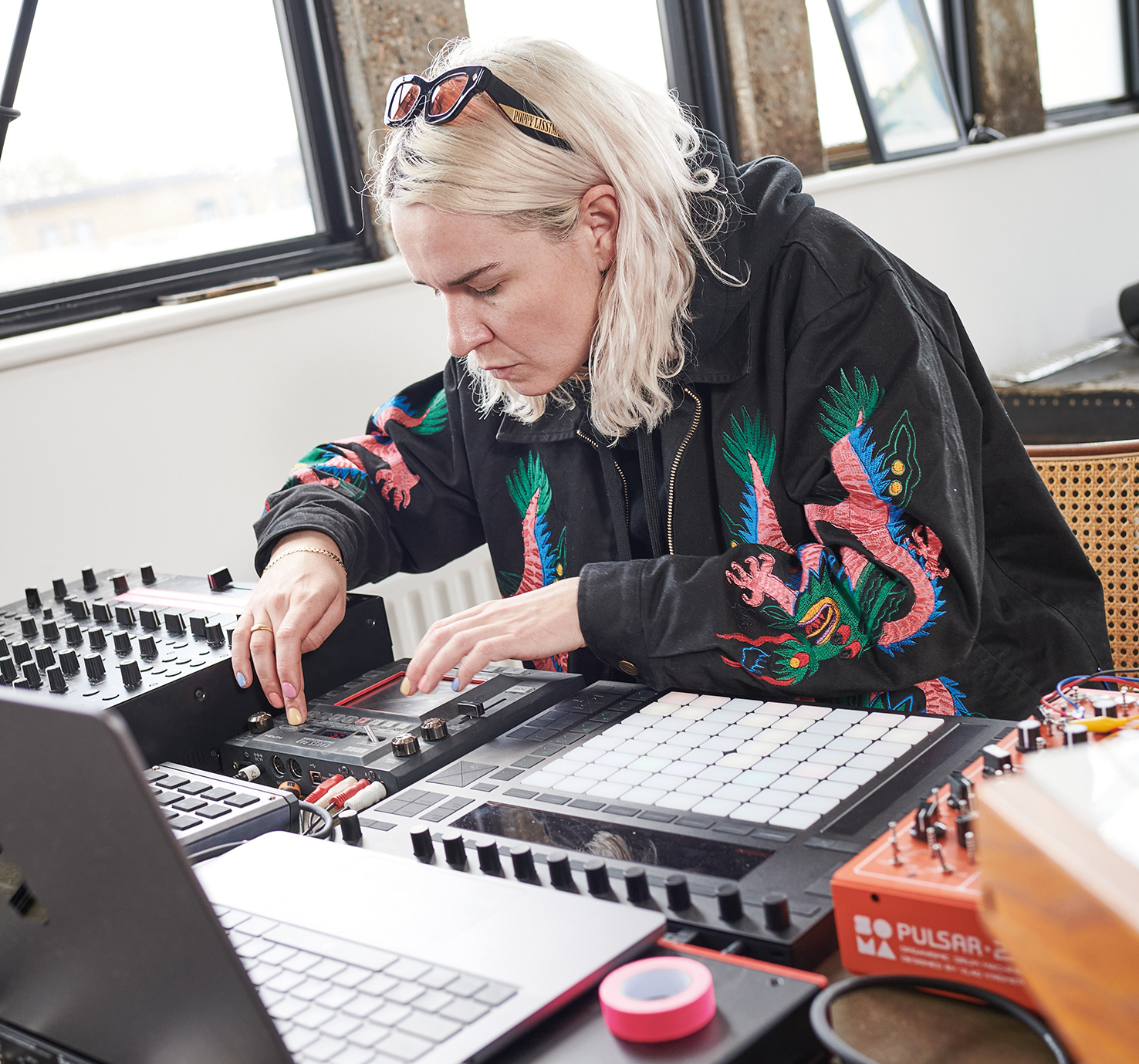
Was there a point when you moved from Australia to London to focus on a career in music?
“Yes, but it wasn’t for dance music. When I moved I was playing in a psyche band and my life was more focused on electric guitars than electronic music. It was about 12 years ago that I made the change – when The Horrors were still really big and guitar music was on the verge of fusing with electronica again. I just wanted to be part of a bigger and more open-minded scene.”
At what point did you begin to transcend into dance music?
“I’d been collecting records for some time and had started to become more interested in DJing but didn’t have much of an ear for techno because I didn’t really get it. It’s all very clichéd, but I took a trip to Berlin with a friend and went to Berghain’s Panorama Bar and heard techno the way it should be heard.
I’ll always be a shoegazer at heart, it’s in my DNA
“The sound was much more psychedelic than I ever thought and that changed everything for me. I started collecting house and techno records and it became my life. I never expected to leave Sydney hoping to make a career in guitar music only to come out at the other side playing techno around the world.”
Get the MusicRadar Newsletter
Want all the hottest music and gear news, reviews, deals, features and more, direct to your inbox? Sign up here.
At what point did you segue from DJing to production?
“After I stopped playing in a band it took time to gain confidence in making music myself, especially digitally, so it took about four years of figuring stuff out and letting things incubate before I was ready with my first release. I had so much to learn about Logic and plugins and I really wanted to create a wall of sound, but a sound that was coming from me. I’ll always be a shoegazer at heart, it’s in my DNA, and my early releases as HAAi definitely nod to that.”
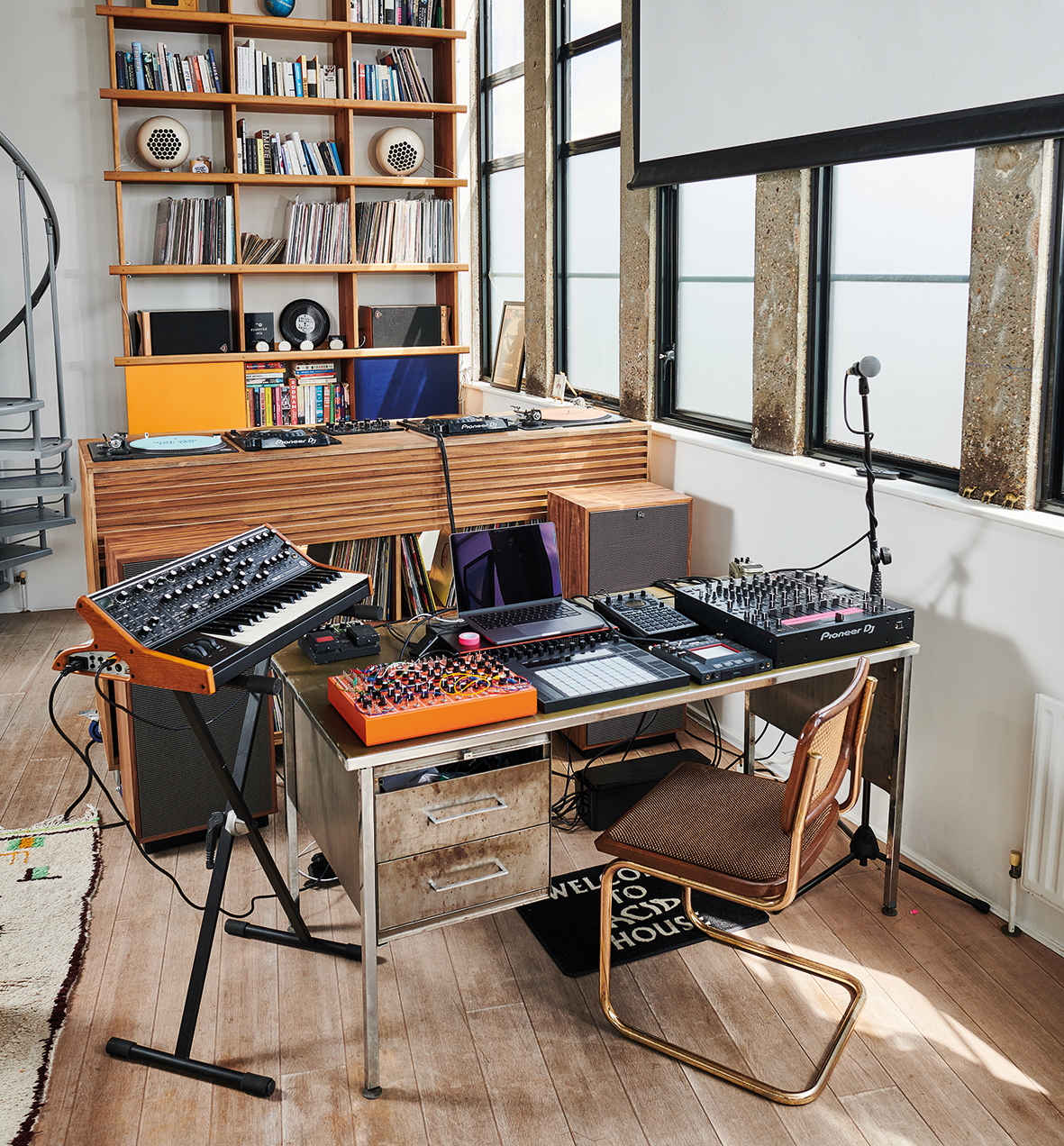
Before the pandemic you were living life on the DJ circuit. What effect did losing that have on your mental health?
“Quite catastrophic. I’d been built for a life of touring and when things picked up as HAAi I was constantly on tour and had got into a rhythm that was at pace with the rest of the world. When everything stopped it took a long time to adapt to being still and coming to grips with the fact that I was no longer living out of a suitcase. Once that happened, it helped me to approach music-making in a different way as the music I had been putting out was essentially made on the road and quite functional.”
How soon did you come to the realisation that you’d have to put all your focus back into production?
“Once playing live and touring was no longer on the table, it became more about making music to be listened to rather than danced to. When I was on the go I had all of this adrenaline and made music with that same energy, so when that stopped I started to think about crafting songs from a more emotional perspective.
Sometimes I’d get so deep into the process that I’d get into a meditative state
“An album was always on the cards, but it never would have sounded the way it ended up and I don’t know when I’d realistically have had the time to finish it. As shit and difficult as that entire couple of years was, the fact I had time to be in a studio, use hardware and sing could never have happened from a plane or hotel room.”
Did the change of sound reveal itself throughout the making of Baby, We’re Ascending or was it more contrived?
“It’s really interesting because I’m in the process of building the live show and spending a lot of time listening back to the album and there are parts I can’t even remember making. The bulk of the writing was done in solitude and sometimes I’d get so deep into the process that I’d get into a meditative state where it becomes hard to remember exactly where I made a track or the headspace I was in. Bear in mind I had the luxury of spending a good 18 months putting all of these tracks together – until it got to a point where Mute started to ask me, ‘So, when’s the album coming out?’. [laughs]”

How did you end up on Mute Records and what’s it been like working with them?
“One of their artists, Dan Avery, is one of my best friends and I’d done a remix for him that Mute’s American A&R really liked, so they spoke to Daniel Miller about me. Obviously, I’ve been a big fan of the label for a long time so I really wanted something to happen. I was in the process of making my EP Systems Up, Windows Down, which was hard and fast and quite experimental, so I sent that to them and it took them a while to wrap their heads around it before they decided to get things going but they’ve been incredibly supportive.”
Was it at Mute’s request that you worked with their studio engineer Francine Perry?
“It was and we worked very closely together and continue to do so. I’d never worked with anyone in the studio before and there are some reasons for that, one being that I’m very protective and felt that as a non-male in dance music there is a general narrative that people think a man has to be behind what you’re doing.
50% of producers think my projects are a mess
“I’d always thought that if I’m doing every bit of this myself then nobody has any room to say otherwise – then Mute suggested spending a day with Francine. I’d actually met her once before when doing a session with Romy Madley Croft from The xx, so I was already familiar with Studio Mute.”
What did you learn from working with Francine?
“We really hit it off because she’s so comfortable in the modular synth space. Also 50% of producers think my projects are a mess. I know what’s going on, but I always think, oh fuck, if someone sees this, what are they going to think? Francine really helped me to organise everything, so now I have systems in place to tidy up projects and know how to find where a weird sound has come from, which is important when you’re handing over stems for someone to mix.
“The more comfortable I was with Francine, the more I found I could get something out of what I was doing, from using hardware to having someone who has ten years of understanding about how to use a piece of modular or outboard gear.”
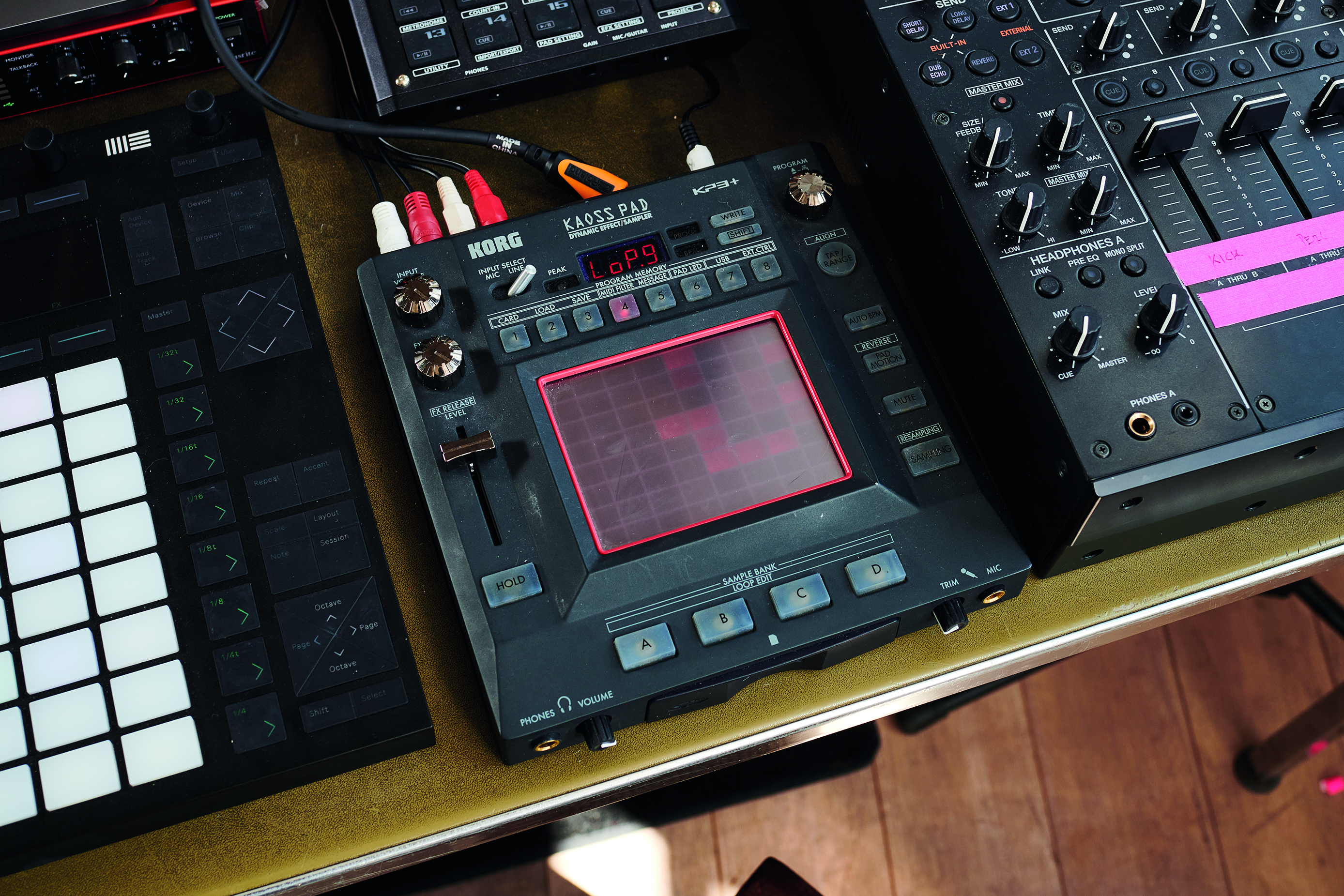
You got on so well you’re planning a live show together?
“She’ll be building and performing the live show with me. We’re hoping to do a teaser next month with a couple of guests, which I’m really excited about. To take something that was essentially written on a laptop and discover how we can make it playable live has been challenging, but I wouldn’t be able to do it without Francine by my side.”
The role of producer/engineer is more fluid than it
would have been decades ago. Does that help or complicate things?
“The creative process and the bulk of the writing was something I took control of and then I’d take that to Francine to discover how we could make everything sound much better.
I feel more comfortable writing everything in the box on the couch at home because it’s a more relaxed environment
“That might involve a little edit or adding some modular synth lines, so there are definitely parts of the album that would not sound that way had she not been in the room. I think it’s important to recognise and celebrate the role that people play on making the songs sound the way they do, and not be afraid of that.”
In what others ways did working at Studio Mute enhance the album?
“I started writing the album in Ableton, but even when it came to writing synth lines I knew that I’d be able to rely on using a lot of Studio Mute’s synths and drum machines so I could sample sounds and use all of their great outboard gear. Although I loved being there and will go back at some point, I did feel there was a bit more pressure to achieve something. I feel more comfortable writing everything in the box on the couch at home because it’s a more relaxed environment.”
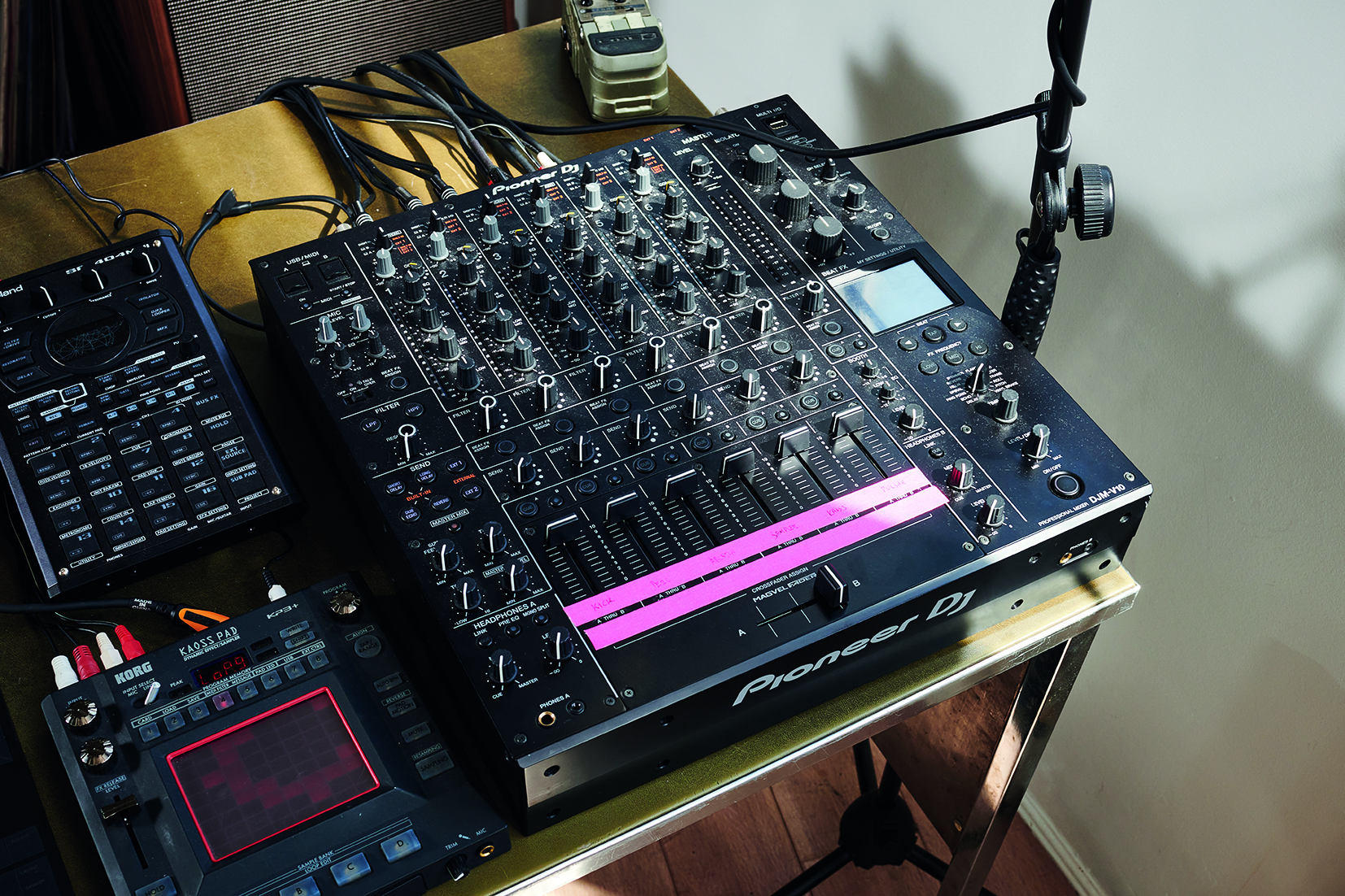
Has your home studio been influenced by some of that gear that you’d been working with at Studio Mute?
“I’m still new to a lot of that but I’ve got everything set up at home now for my live show and it’s quite a physical setup. I have a couple of guitar pedals, a Moog Sub 37, the SOMA Pulsar and a couple of small synths alongside the Ableton Push, a Korg Kaoss Pad and a Roland SP-40 sampler. I love how you can send things from Ableton through MIDI and it’s all perfectly clocked. It’s also great having everything set up at home because I’m always ready to go if I have an idea for something. I want the shows to be as live as electronic music can be, but I’m also intrigued to discover how much this setup will influence my next writing phase.”
The album is pieced together like a mixtape with interludes and various bleeps, crackles and radio interference connecting everything…
“The way people digest music these days is through an iTunes, Apple or Spotify playlist, but it made sense for me to create something a little more linear and chaotic. Halfway through the album I remember saying to Daniel Miller at Mute that I wanted to almost emulate the chaos of those ’90s MTV shows where you’d flick from somebody talking to watching a cartoon and had to try to keep up with that.
Jon took a track I was struggling with and took it to this really incredible place
“That’s why the album has some abrupt changes between tracks and a narrative of sorts. When you make an album, people expect it to be super-cohesive, but the way my brain works isn’t really like that, so I just wanted to find a way for it all to all connect while embracing that chaos.”
How did the collaboration with Jon Hopkins arise?
“Jon is a very close friend of mine and we’d been hanging out quite a lot. He knew that I was making an album and we often send each other bits of music because we’re always excited to show each other something we’ve finished. On this particular track, I was in a bit of a funk around two-thirds through and kept thinking that I should really ask Jon about it, but I knew that might be a bit awkward because it might not be right for him and I wanted to respect his creative process.”
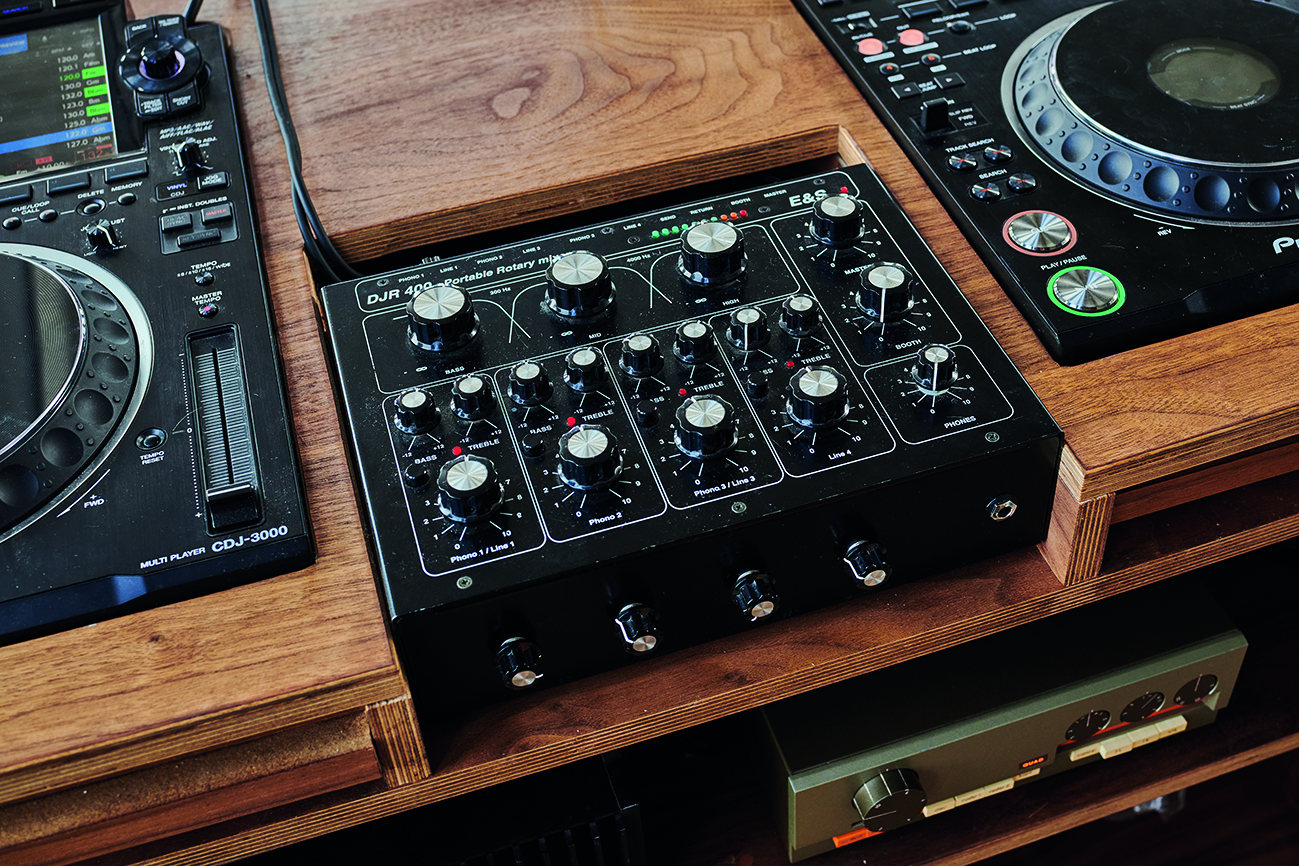
How did you manage to convince him?
“I did a recording of a part that I was really happy with, made a little graphic and put it on an Instagram story and Jon messaged me saying, ‘What the hell is that?’. I told him that I was thinking about asking if he had any ideas on how I could finish the track and he fell in love with it and asked to collaborate. The whole process felt really serendipitous and such a nice thing for us to work on as friends – he took a track I was struggling with and took it to this really incredible place and his sound design made it so special. I feel it’s a perfect merger of our sounds and styles.”
Did you work together on the track remotely?
“We sent stems back and forth before coming together at his home studio and I was absolutely blown away by what he’d done. It was mixed by Marta Salogni who’s one of the best mix engineers and producers in the game, so I also spent an afternoon with her making some final tweaks.”
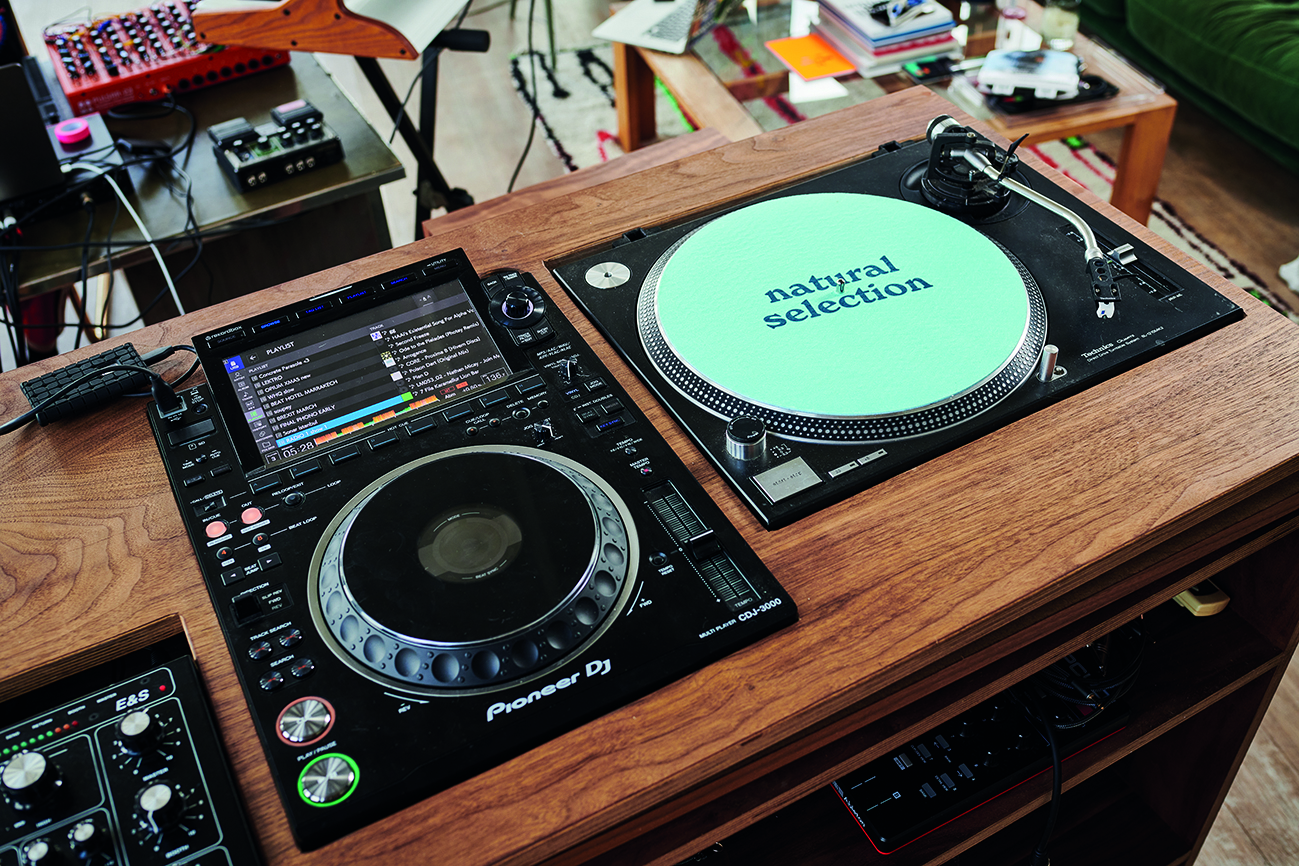
Hot Chip’s Alexis Taylor features on Biggest Mood Ever…
“Again, he’s a good pal and he messaged me three or four years ago asking if I had any tracks that needed a vocal. Being a Hot Chip fan, I secretly thought, how cool is this? But it took a long time to get the confidence to send a track that I thought was right.
When you invite people into your circle there’s so much more you can bring to the music you’re making
“When I created what was to become Biggest Mood Ever and sent it to him, I thought I’d give him the space to do his own thing and rebuild the track around that. He sent back a rough guide of his vocals and it was classically him, very beautiful and emotional. I took that and worked with Quinta to arrange and play strings on the track.”
Was the string arrangement real or software strings?
“It’s a combination. I had a dream of us all being in the studio with a string quintet, but Quinta performed the track in lockdown using a combination of cello, viola, violin and soft strings to make this beautiful, lush arrangement. She wanted to take out the synthesiser strings because she didn’t want me to think she was cheating, but they made the track sound so much richer and fuller.”
What have you learned from opening up to collaboration?
“After working with Francine and Romy I realised that when you invite people into your circle there’s so much more you can bring to the music you’re making. I embraced that as much as I could because if you’re happy with what you’ve done but see there’s space for somebody to add something I don’t see why you should hold back. Now I have that personal experience it’ll be interesting to see what that means for future projects. I’ve definitely got a list of people I’d love to work with, but the music still has to come first!”
HAAi's debut album, Baby, We're Ascending, is out now on Mute Records.


Future Music is the number one magazine for today's producers. Packed with technique and technology we'll help you make great new music. All-access artist interviews, in-depth gear reviews, essential production tutorials and much more. Every marvellous monthly edition features reliable reviews of the latest and greatest hardware and software technology and techniques, unparalleled advice, in-depth interviews, sensational free samples and so much more to improve the experience and outcome of your music-making.










